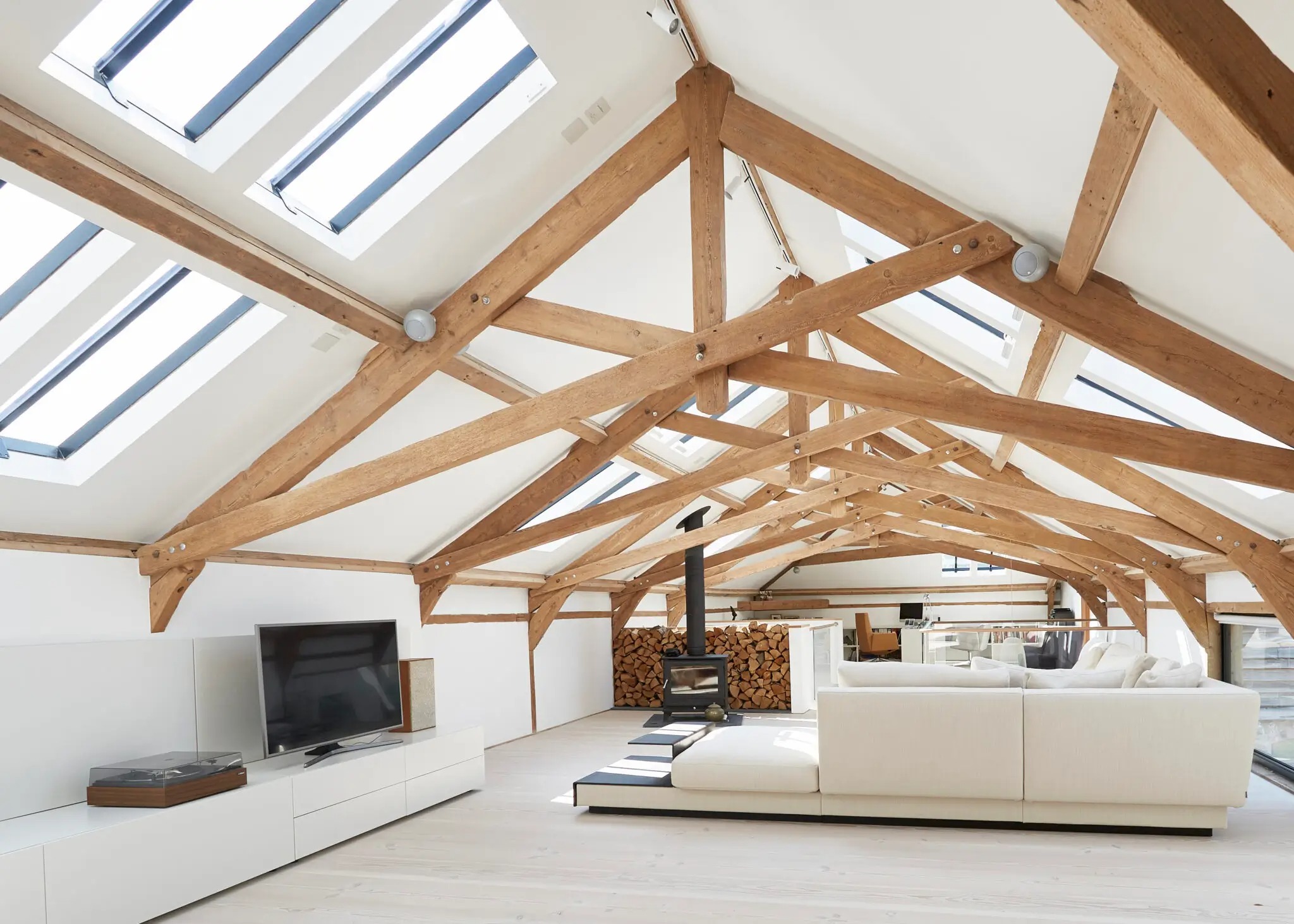A Complete Guide to Choosing Polycarbonate Rooflights for Your Property

When it comes to enhancing natural light and energy efficiency in your home or commercial space, polycarbonate rooflights offer a durable and cost-effective solution. Known for their strength, lightweight construction, and excellent light transmission, polycarbonate rooflights have become a popular choice for both new builds and renovation projects. This guide will walk you through everything you need to know about choosing the right polycarbonate rooflights for your property.
What Are Polycarbonate Rooflights?
Polycarbonate rooflights are translucent panels or domes made from polycarbonate plastic, a material known for its impact resistance, UV protection, and thermal insulation. These rooflights can be installed on a variety of roof types, including flat and pitched roofs, to allow natural light to enter interior spaces.
They come in different forms such as flat panels, domes, and pyramid shapes, making them a versatile option for residential, commercial, and industrial buildings.
Benefits of Polycarbonate Rooflights
1. Durability and Impact Resistance
Polycarbonate is up to 200 times stronger than glass, making it highly resistant to impact from hail, falling debris, or vandalism. This makes polycarbonate rooflights a safe and long-lasting choice for properties in all weather conditions.
2. Excellent Light Transmission
Despite being more robust than glass, polycarbonate still allows excellent light transmission. Different tints and finishes (such as clear, opal, or bronze) can help control glare and heat levels depending on your specific needs.
3. UV Protection
Most polycarbonate rooflights are manufactured with UV-resistant coatings, helping to reduce sun damage to interiors and extend the lifespan of furnishings.
4. Thermal Efficiency
Polycarbonate sheets can be manufactured with multiple layers (such as twin-wall or triple-wall constructions), improving thermal insulation and reducing heat loss, which contributes to better energy efficiency in your building.
5. Lightweight and Easy to Install
Compared to traditional glass rooflights, polycarbonate options are significantly lighter. This makes them easier and more cost-effective to install, especially in hard-to-reach roof areas.
Types of Polycarbonate Rooflights
1. Flat Polycarbonate Rooflights
Ideal for flat or low-pitch roofs, these rooflights provide a sleek, modern look and are available in various sizes and glazing options.
2. Polycarbonate Roof Domes
These are commonly used in commercial buildings and industrial units. The dome shape allows for better light diffusion and water drainage. They can also be vented for additional airflow.
3. Pitched Roof Polycarbonate Rooflights
Designed specifically for sloped roof installations, these rooflights follow the angle of the roof and are available in standard and custom sizes.
4. Opening Rooflights
These units can be manually or electronically opened to allow ventilation, making them ideal for kitchens, bathrooms, and conservatories.
Factors to Consider When Choosing Polycarbonate Rooflights
1. Roof Type and Pitch
Before selecting a rooflight, assess whether your roof is flat, pitched, or curved. Different rooflight types are suited for different roof structures.
2. Size and Placement
Determine how much natural light you want and where it’s most needed. Larger units or multiple smaller ones may be more effective depending on the room size and layout.
3. Ventilation Needs
If you require ventilation, consider rooflights that can open. This is especially useful in areas prone to condensation.
4. Thermal and Acoustic Insulation
For better energy efficiency and sound control, choose multi-wall polycarbonate or rooflights with built-in insulation.
5. Building Regulations and Safety
Ensure that your chosen rooflights comply with local building codes, especially in terms of fire rating, load resistance, and thermal performance.
6. Budget
While polycarbonate is more affordable than glass, prices vary depending on features like tint, insulation, and opening mechanisms. Determine your budget and prioritize the features most important for your project.
Installation and Maintenance Tips
Although polycarbonate rooflights are easy to install, professional installation is recommended to ensure proper sealing and waterproofing. Regular maintenance includes checking seals, cleaning the surface with a mild soap solution, and inspecting for signs of wear or UV damage.
Conclusion
Polycarbonate rooflights are an excellent investment for those seeking to enhance natural light, improve energy efficiency, and modernize the look of a building. With a wide range of types, sizes, and features available, choosing the right polycarbonate rooflight requires careful consideration of your building’s structure, usage needs, and environmental conditions.
By understanding the key benefits and selection criteria, you can confidently choose the best polycarbonate rooflights for your property—balancing function, form, and long-term value.




